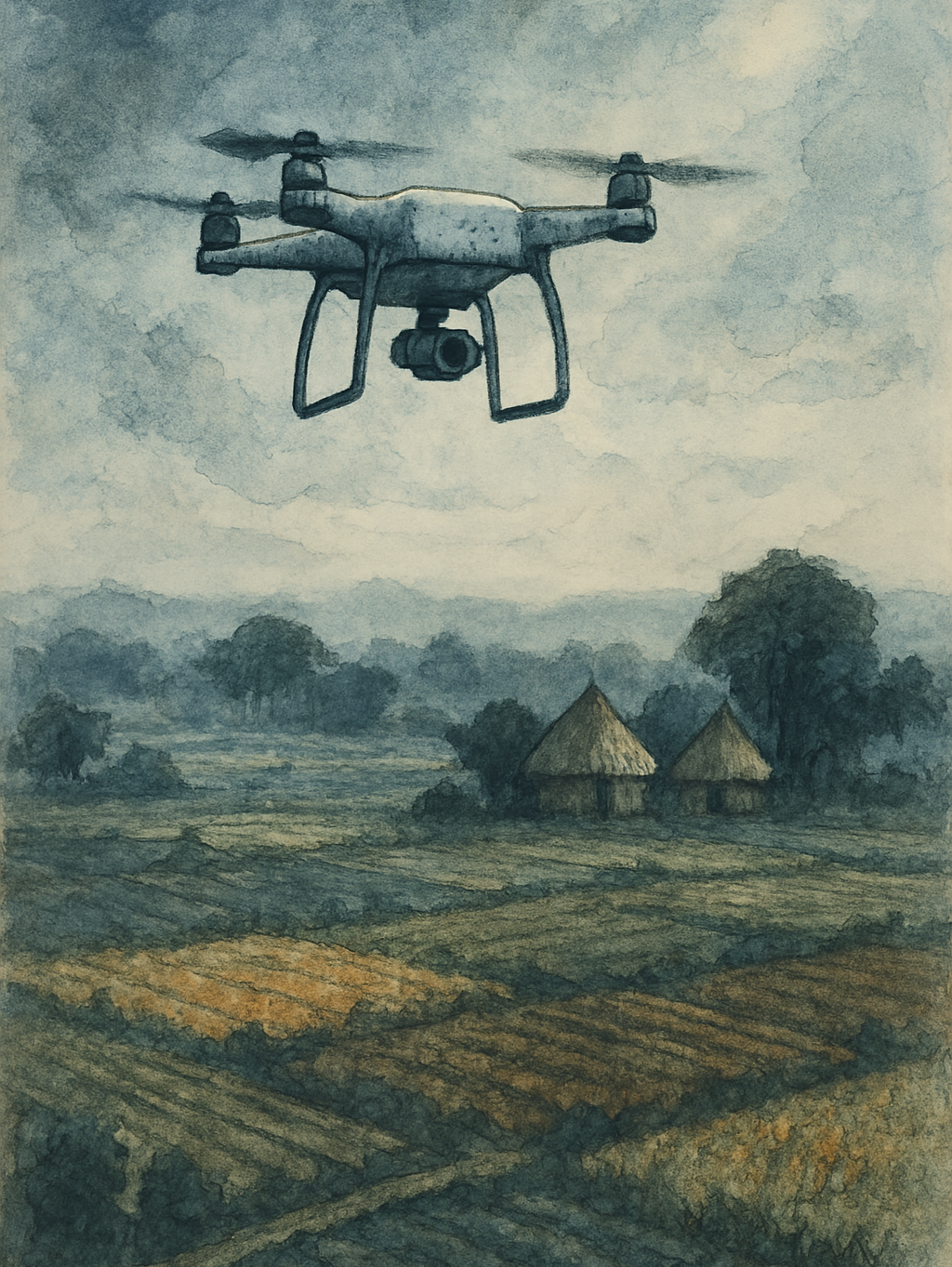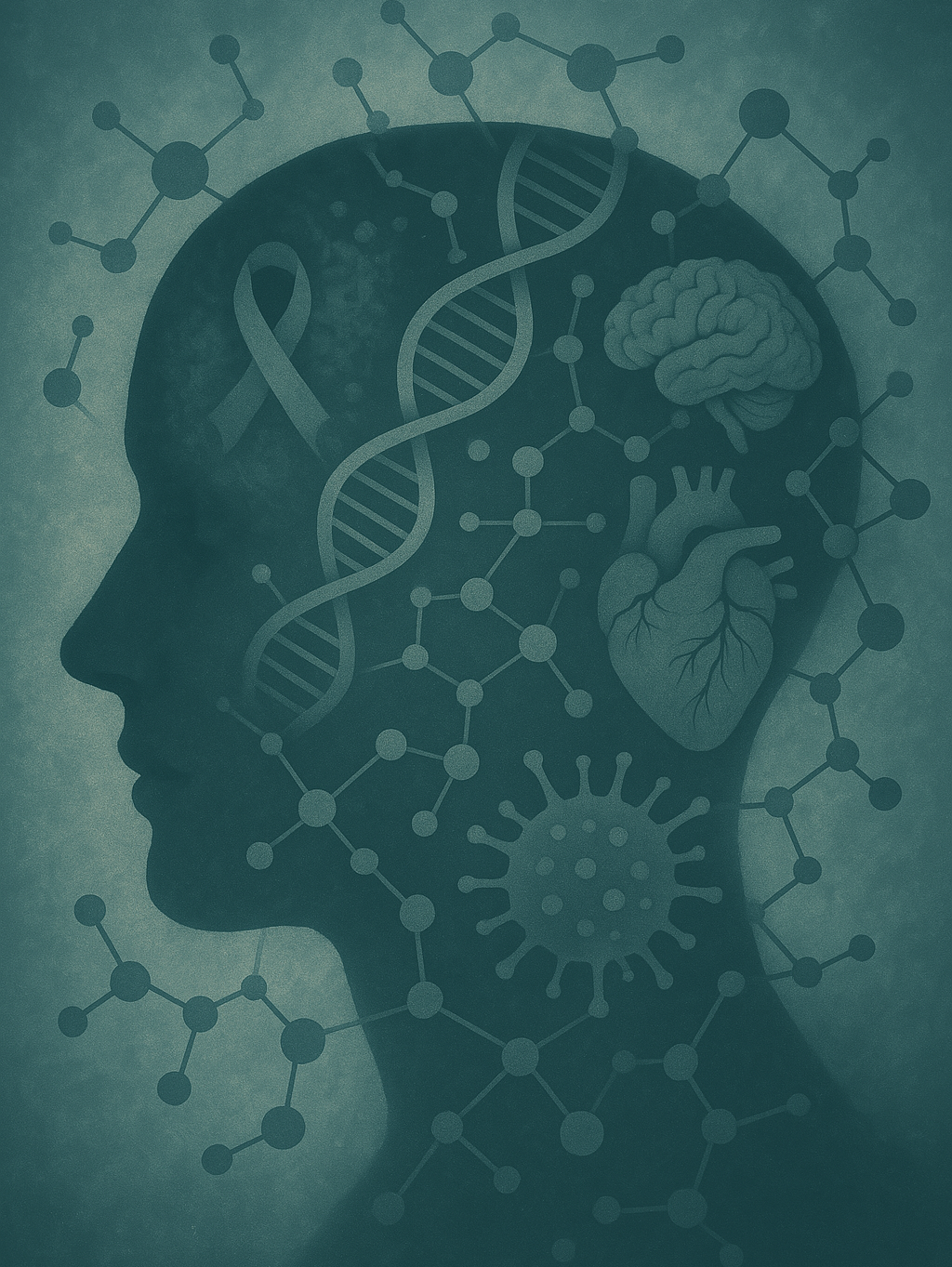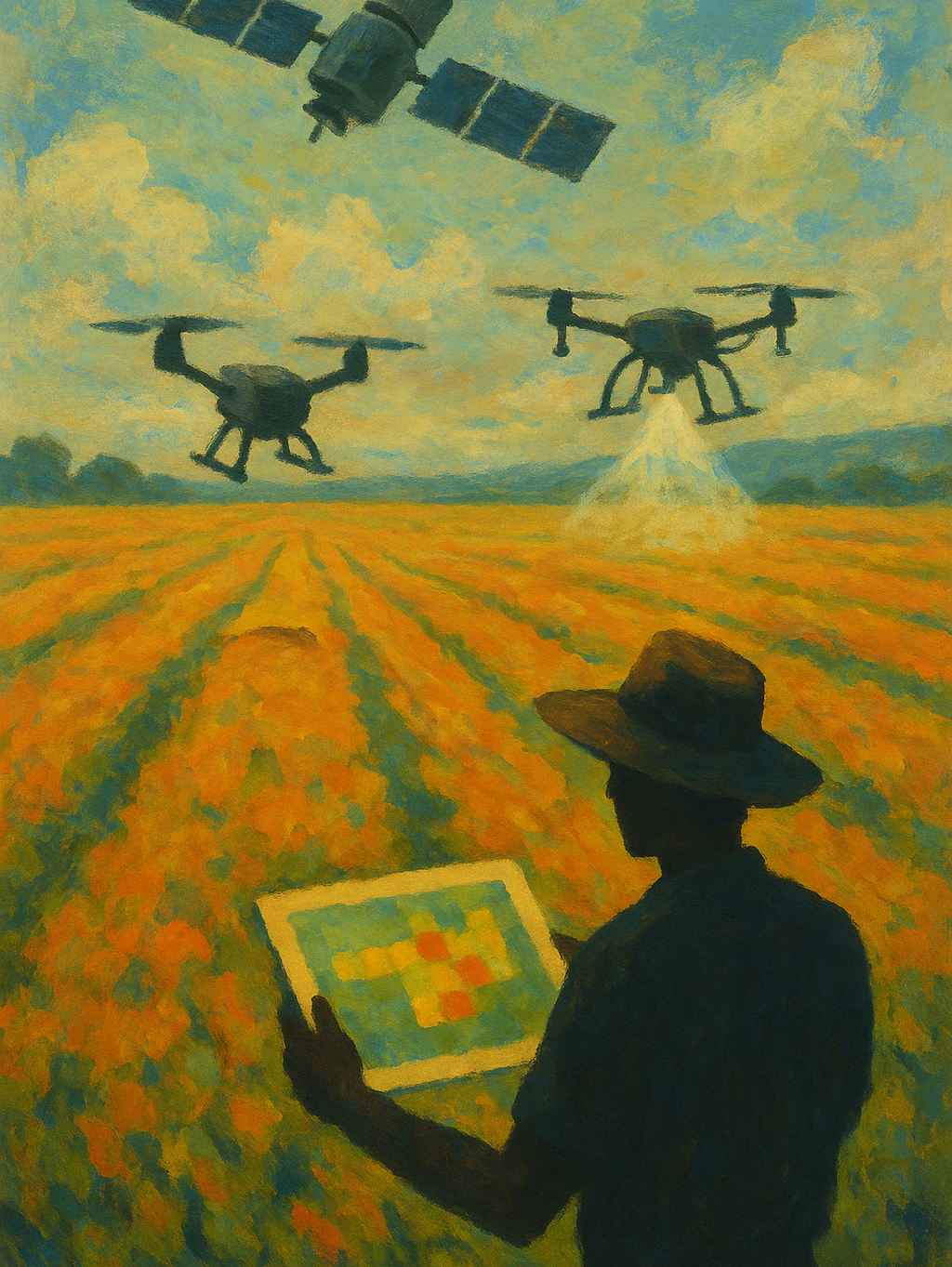TL;DR
Synthetic biology (SynBio) merges biology with engineering, systematically creating or modifying organisms through modularity, standardization, biological circuits, and gene synthesis. It targets global challenges in healthcare, agriculture, materials science, climate change, and sustainability, but also raises significant ethical, ecological, and socio-economic considerations.
I. Foundational Knowledge
Definition and Principles
Synthetic biology applies engineering methodologies to biology, constructing new biological systems or modifying existing ones for practical applications (Wikipedia, PMC). Central principles include modularity, standardization, and the creation of biological circuits and metabolic pathways. BioBricks, standardized DNA parts developed at MIT, exemplify this modular approach (MIT News).
Synthetic Biology vs. Genetic Engineering vs. Biotechnology
Biotechnology: Broad utilization of biological systems in technology.
Genetic Engineering: Targeted modification of single genes.
Synthetic Biology: Engineering multi-gene networks and complex biological systems with predictable functionality, applying iterative design and optimization processes (Cell).
Key Concepts
Modular Design: Interchangeable biological modules enabling diverse applications (PMC).
Standardization: Uniform protocols, such as BioBrick assembly standards, ensuring compatibility (MIT News).
Biological Circuits: Engineered gene networks that function like electronic circuits (logic gates, switches) (Wikipedia).
Gene Synthesis: Chemical creation of DNA sequences tailored to specific applications (Wikipedia).
Metabolic Engineering: Alteration of metabolic pathways to produce targeted biochemical products.
Historical Timeline (2000–2024)
2000: Introduction of the first synthetic gene circuits (toggle switches, oscillators) (Wikipedia).
2003: Launch of BioBricks and the inaugural iGEM competition, promoting global SynBio collaboration (Wikipedia).
2010: First synthetic organism created by Craig Venter's team (Wikipedia).
2012: Discovery of revolutionary CRISPR-Cas9 gene-editing technology (Wikipedia).
2020: Development of Xenobots, synthetic organisms designed by AI (Wikipedia).
Major Contributors and Institutions
Influential figures include George Church, Drew Endy, and Tom Knight, alongside prominent institutions like Ginkgo Bioworks, MIT, Harvard, and Stanford (MIT News, IARPA).
II. Current Applications
A. Medicine & Healthcare
Personalized CAR-T cell therapies for cancer treatment (LinkedIn).
Rapid development of mRNA vaccines (COVID-19 vaccines by Pfizer-BioNTech, Moderna) (WEF).
Advanced biosensors and diagnostics utilizing synthetic gene circuits.
Lab-grown organs and regenerative medicine approaches.
B. Agriculture
Nutritionally enhanced crops like Golden Rice (Wikipedia).
Nitrogen-fixing microbial solutions reducing dependence on synthetic fertilizers (Pivot Bio) (MIT News).
Synthetic biology-driven plant-based alternatives (e.g., Impossible Foods' heme protein) (VegNews).
Gene editing for pest resistance and crop yield optimization.
C. Materials Science & Manufacturing
Engineered spider silk and novel bio-derived textiles (Bolt Threads, Spiber) (Wikipedia).
Sustainable bioplastics production via microbial fermentation.
Carbon-negative manufacturing and chemical production (LanzaTech) (NREL).
Self-healing materials using engineered microbes.
D. Climate & Sustainability
Plastic-degrading enzymes engineered for environmental cleanup (NREL).
Synthetic organisms optimized for carbon capture and sequestration.
Biofuels derived from engineered algae and bacteria.
Synthetic biology strategies for ecological restoration and resilience.
III. Technological Foundations
CRISPR-Cas9: Transformative genome-editing technology enabling precise genetic modifications (Axios).
Automated Biofoundries: Robotic laboratories rapidly prototyping biological systems at industrial scales (Ginkgo Bioworks, Inscripta Onyx platform) (IARPA, SelectScience).
AI Integration: Computational tools enhancing design efficiency, optimizing genetic pathways, and accelerating discovery.
Platform Companies: Providers of standardized genetic parts and high-throughput synthetic biology tools (Twist Bioscience, Synlogic).
IV. Ethical, Legal, and Philosophical Considerations
Ethical debates around genetic enhancement, ecological modification, and "playing God."
Biosecurity risks associated with engineered pathogens and dual-use technologies (Future of Life Institute).
Regulatory discrepancies globally (U.S., EU, China) and emerging international governance frameworks (Nature).
Social justice and equity implications regarding technology access and benefits distribution.
V. Risks & Potential Unintended Consequences
Ecological disruptions from unintended organismal releases and gene transfers.
Biodiversity loss from genetic monocultures.
Health implications of long-term synthetic biology product consumption.
Socioeconomic impacts, potentially displacing traditional industries and affecting employment.
Mutational drift and evolutionary unpredictability in engineered organisms.
VI. Market, Funding, and Future Projections
The synthetic biology market projected to reach $30–80 billion by 2030, driven by sectors like healthcare, agriculture, and materials science (SynBioBeta, Grand View Research).
Significant funding from government bodies (DARPA, NIH) and major corporations (Bayer, ExxonMobil, Ginkgo Bioworks).
Predicted mainstream integration and significant economic impacts, potentially reshaping global employment patterns (WEF).
VII. Comprehensive Sources for Further Exploration
Academic Journals: Nature Biotechnology, Science, Cell, Trends in Biotechnology.
Policy & Think Tank Reports: Future of Life Institute, World Economic Forum, OECD.
Public Databases: NIH, DARPA, iGEM Foundation.
Books: "Regenesis" by George Church, "Synthetic" by Sophia Roosth, "The Genesis Machine" by Amy Webb and Andrew Hessel.
Online Resources: SynBioBeta, Allied Market Research, Grand View Research.
This comprehensive document captures synthetic biology’s transformative potential and extensive implications, emphasizing the critical need for responsible management and informed societal discourse.









